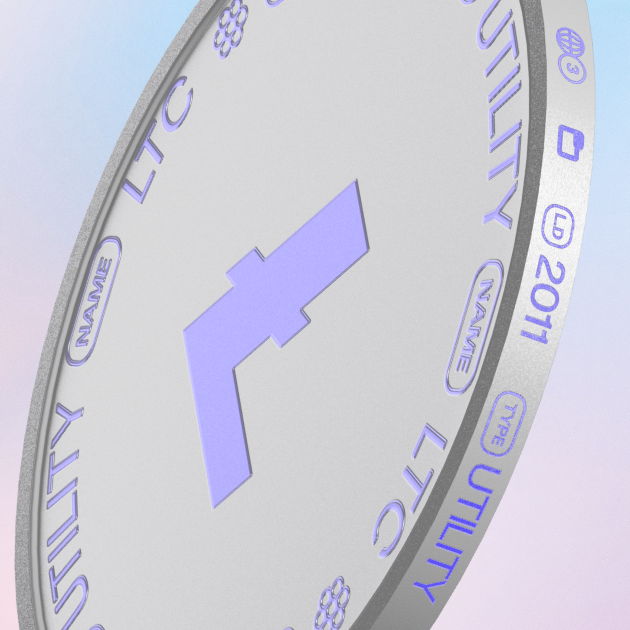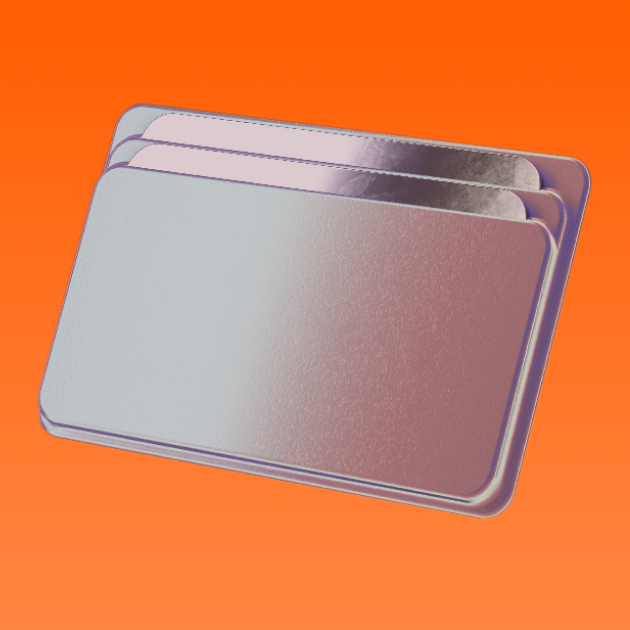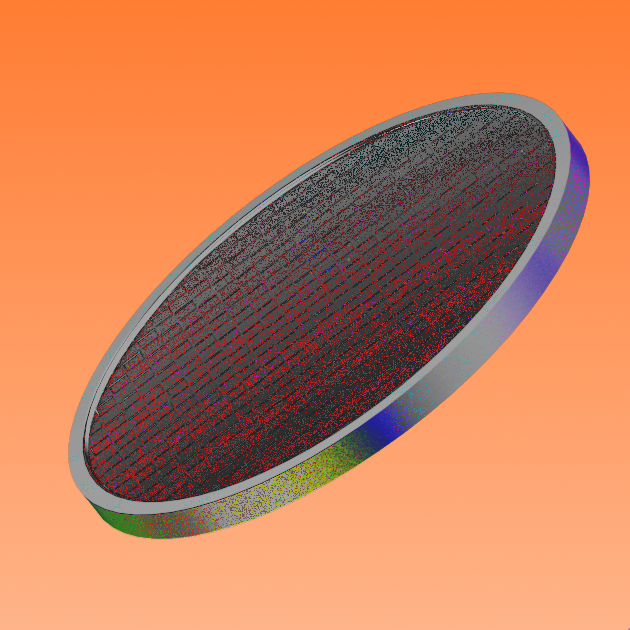What is Litecoin (LTC)? An introduction to Litecoin
MoonPay explains Litecoin (LTC), the oldest and one of the most popular altcoins. What sets Litecoin apart from Bitcoin (BTC)? Learn here.
By Milly Fox-Jones

A couple of years after Bitcoin launched, some of the original developers decided that there were key issues with the cryptocurrency that couldn’t be improved internally.
Instead, they believed a new coin was needed – one that was faster and more scalable – so they created one.
Litecoin was the first altcoin that forked into existence with the mission to improve upon everything that had come before.
In this article, we explore Litecoin, the world's first altcoin, and what differentiates it from Bitcoin.
What is Litecoin?
Litecoin (LTC) is an open-source, global, peer-to-peer (P2P) cryptocurrency network developed by Google engineer Charlie Lee. It’s the original altcoin – which is the umbrella term for any cryptocurrency that isn’t Bitcoin.
LTC was built on a fork from the Bitcoin blockchain in 2011 after developers decided a new network was needed to improve the main issues faced by Bitcoin at that time: speed, scalability, and centralization.

Centralization was the biggest concern, as there were fears that Bitcoin was becoming too centrally controlled. Litecoin therefore began developing with decentralization as its primary objective.
Like Bitcoin, Litecoin uses a Proof of Work (PoW) consensus model to secure its network, but it uses a different cryptographic algorithm (a sequence of processes used to code and decode messages) known as Scrypt.
How does Litecoin work?
As with most cryptocurrencies, Litecoin uses an open-source, cryptographic protocol to create and transfer digital currency quickly and easily across the world.
It uses a fork of the Bitcoin blockchain as a decentralized public ledger of all transactions, making it immutable and almost impossible to manipulate.
Also similar to Bitcoin, Litecoin’s supply is set to reduce over time as an attempt to retain the coin’s value. It does this every four years through halving, a process in which the block reward for verified transactions on the Litecoin network is reduced by 50%.
The last halving event took place on August 2, 2023, with the next one scheduled for 2027.
How is Litecoin mined?
Since Litecoin uses Proof of Work (PoW) to validate transactions, Litecoins are “mined.” Mining is the process rewarding new coins entering circulation to those who performed the computation needed to validate transactions.
Of the total supply of 84 million Litecoins, approximately 10 million Litecoins are left to mine as of January 2024.
While one of the original goals of Litecoin was to make mining accessible, it’s unlikely that a single miner with one application-specific-integrated circuit (ASIC) could solve a hash and win a reward.
If someone wanted to mine Litecoin, they’d need to purchase several ASIC miners and join a mining pool.
Litecoin’s goal: improve on Bitcoin
When Litecoin was launched in 2011, its main goal was to solve some of the biggest issues faced by Bitcoin at the time.
So, what are the main differences between Litecoin and Bitcoin? There are three key differences:
Cryptographic algorithm
As mentioned earlier, Litecoin uses the Scrypt algorithm, whereas Bitcoin uses SHA-256. Scrypt powers Litecoin’s PoW consensus mechanism, contributing to the coin’s decentralization.
How? Well, as the mining power isn’t concentrated among the biggest players that can afford expensive mining, Litecoin mining is more accessible to individuals.
Transaction speed
While transactions on both the Bitcoin and Litecoin networks happen instantaneously, it takes time for them to be confirmed. Without going into too much detail, Litecoin’s transaction confirmation time is just over half of Bitcoin’s due to the use of the Scrypt algorithm.
Essentially, the simpler the algorithm, the faster the transaction.
Market capitalization
The final key difference between LTC and BTC is market capitalization. This is the measurement of a cryptocurrency’s total value, and can be estimated using the following formula:
current market price x number of coins in circulation
Litecoin’s market capitalization is much smaller than Bitcoin’s. Bitcoin has a smaller supply but a much higher price stemming from its ability to be mined by large mining pools. As this isn’t possible with Litecoin (intentionally, so as to keep the barrier to entry low), its value isn’t as high, so neither is its market cap.
Further reading: Litecoin vs Bitcoin
How to buy Litecoin
You can buy Litecoin via MoonPay or through any of our partner wallet applications with a credit card, bank transfer, Apple Pay, Google Pay, and many other payment methods. Just enter the amount of Litecoin (LTC) you wish to purchase and follow the steps to complete your order.
You can also top up your wallet in euros, pounds, or dollars and use your MoonPay Balance to purchase crypto like Litecoin (LTC). Then, simply transact for cheaper and faster LTC transactions with higher approval rates. Plus, enjoy zero-fee withdrawals directly to your bank account when you decide to cash out.
How to sell Litecoin
MoonPay makes it easy to sell Litecoin when you decide it's time to cash out your crypto. Simply enter the amount of Litecoin (LTC) you'd like to sell and enter the details where you want to receive your funds.






